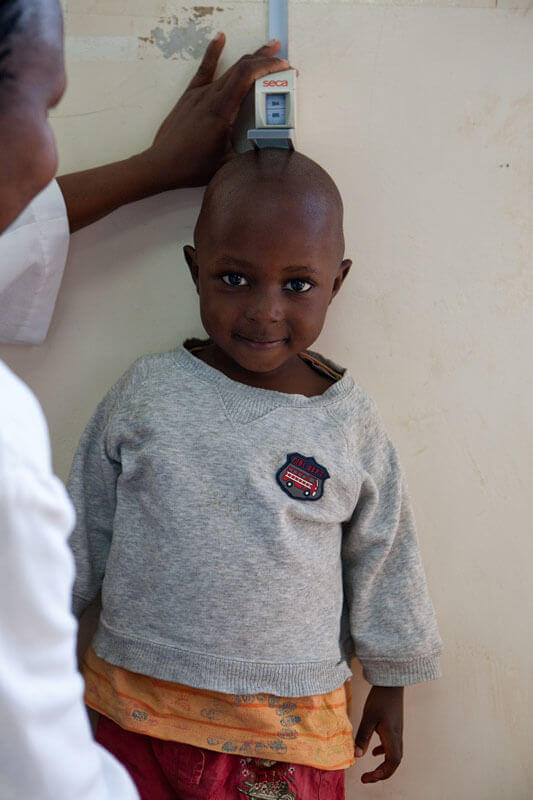Ashley BennettGHTC
Ashley Bennett is a Policy and Advocacy Officer at GHTC.
Combating preventable child deaths worldwide is an “investment that will pay dividends for years to come,” Deputy National Security Advisor Dennis McDonough said last week at a major conference at Georgetown University. At the conference, representatives from over 80 countries met to pledge their support for an exciting new global campaign for child survival. Hosted by the United States, UNICEF, and the governments of Ethiopia and India, the summit convened high-ranking government officials, members of the faith community, advocates, and private sector representatives.
Over the last 50 years, child mortality rates have dropped by 70 percent. However, 7.6 million children under age five still die each year—far too many. In 2010, 57 out of every 1,000 children died before age five. The goal of the new program is to reduce that global rate to 15 deaths per 1,000 children by 2035. Under the program, UNICEF will house a small secretariat that will coordinate global activities to increase access to existing technologies and improve treatment guidelines, while partner countries like the United States will implement five strategic shifts to accelerate progress.

It’s critical that the program include a dedicated and distinct focus on global investments in research and development (R&D) for new tools to combat global child deaths, we still lack the vaccines, drugs, and other technologies needed to save children’s lives around the world. Indeed, research and innovation for new tools have been a huge factor in the success made against child mortality in the past 20 years, and must be prioritized by the new program. Several speakers at the summit praised the impact that technologies like the polio vaccine, oral rehydration solution to treat diarrhea, the MenAfriVac™ meningitis vaccine, and others have made in saving the lives of millions of children.
Imagine if we had never invented a polio vaccine, or malaria drugs for children, or diagnostic tools for tuberculosis—what would global child mortality rates be today? A historic commitment to child health R&D helped create the tools that have already made a huge dent in global childhood deaths. For this reason, we should not only increase access to these existing technologies—the US Government and global partners must also continue to support R&D for the next generation of health products for children. If they don’t, the world will never reach the goals set by the new program.
Fortunately, several US officials stressed the role of R&D in this effort last week. Secretary of State Hillary Clinton emphasized the commitment of the US Government to the development of new tools, saying, “We will support innovative research into new life-saving cost-effective measures.” Health and Human Services Secretary Kathleen Sebelius echoed the US role in basic research to support global health programs. Additionally, health officials from countries such as Bangladesh, Pakistan, and Nigeria highlighted the immense impact of global health technologies on their national child health programs. These achievements can be furthered by R&D-focused programs supported by the US Government, such as the second round of the Saving Lives at Birth program at the US Agency for International Development (USAID) and a joint USAID/National Institutes of Health initiative (NIH) that will provide grants to researchers in developing countries.
As USAID and other agencies work with their partners to implement this important new program, they must invest in R&D for new global health technologies and plan for their delivery. USAID, NIH, and several other US agencies have a history of investment in innovation and are experts in catalyzing new research for huge impact. If we truly want to make the amazing progress we are promising to the next generation, the US must continue to expand its investment in global health R&D.